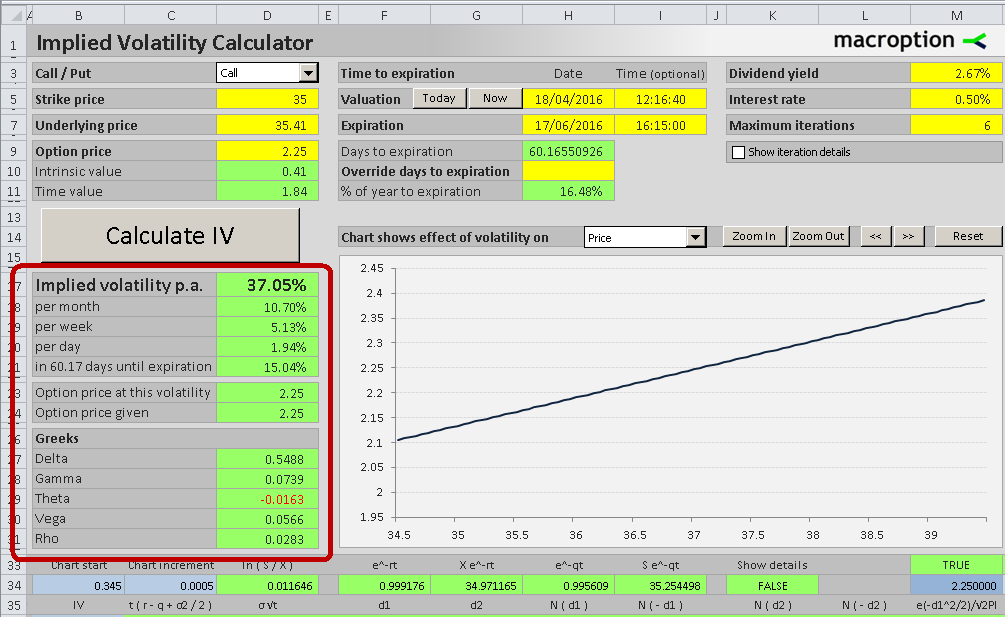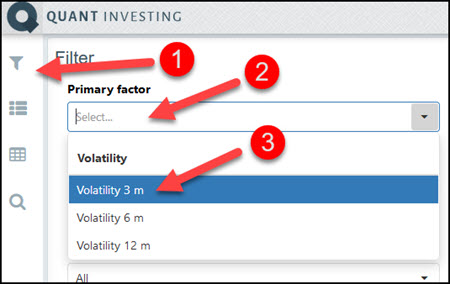

A Fuzzy Set approach to generalize CRR model: An empirical analysis of S&P 500 index option. Expert Systems with Applications 29 (2): 330–342. A new application of Fuzzy set theory to the Black-Scholes option pricing model. General formulation of corporate real options. The value of flexibility: the case of a dual-fuel industrial steam boiler. International Journal of Information Technology and Decision Making 8 (3): 473–489. Mining simplified fuzzy if-then rules for pattern classification. International Journal of Information Technology and Decision Making 8 (3): 427–443. Two-phase interactive satisfying method of fuzzy multiple objective optimization with linguistic preference. A Fuzzy Real option approach for investment project valuation. Princeton: Princeton University Press.ĭubois, D., and H. Brownfield redevelopment evaluation based on Fuzzy Real option. Anderson Consulting Outlook Journal 2: 33–40.ĭai, H., T. Norton and Company.ĭahlberg, K., and R.S. Real options: a practitioner’s guide, 179–190. Fuzzy Sets and Systems 139: 297–312.Ĭopeland, T., and V. A fuzzy approach to real option valuation. Fuzzy reasoning in decision making and optimization. International Journal of Information Technology and Decision Making 8 (1): 109–131.Ĭarlsson, C., and R. A consensus model for group decision making problems with unbalanced fuzzy linguistic information. Academy of Management Review 18: 760–842.Ĭabrer, F.J., S. Strategy through the option lens: an integrated view of resource investments and incremental-choice process. Boston: Harvard Business School Press.īellman, R.E., and L.A. Real options managing strategic investments in an uncertain world. 30), Emerald Group Publishing Limited, Bingley, pp. (2014), "Extending the real options approach by including information options", Signs that Markets are Coming Back ( Research in Finance, Vol. The author appreciates Phelim Boyle’s updated, electronic algorithm supplied from the working paper version of Boyle/Tse (1990) and the updated, electronic version of the multivariate normal subroutine MULNOR supplied by Mark Schervish. We gratefully acknowledge the many helpful comments from Lenos Trigeorgis and Gordon Sick. This chapter extends several important real option applications into the information realm, including jump process models and models for valuing options to synthesize any of n information items into any of m output assets. Information Options may involve high volatility or jump processes as well, further enhancing their value. Also, while exercising a financial option typically kills the option, Information Options may include multiple exercises. Information Options are similar in concept to real options but substantially different in their details, since real options have physical objects as the underlying assets and the rules governing exercise are based on the realities of the physical world. Next, the information product is presented to the user via an efficient interface that does not require the user to be a field expert. Then bits of information are selected from storage and synthesized into an information product (such as a management report). The next refinement is to organize the data into structured databases. The initial stage involves observation of physical phenomena with accompanying data capture. Information Options arise at several stages of value creation.

Information Options can be modeled as options to “purchase” information assets by paying the cost of the information operations involved. With Information Options, the underlying assets are information assets and the rules governing exercise are based on the realities of the information realm (infosphere). Analysis of Information Options offers new tools for evaluating investments in research, mineral exploration, logistics, energy transmission, and other information operations.


 0 kommentar(er)
0 kommentar(er)
